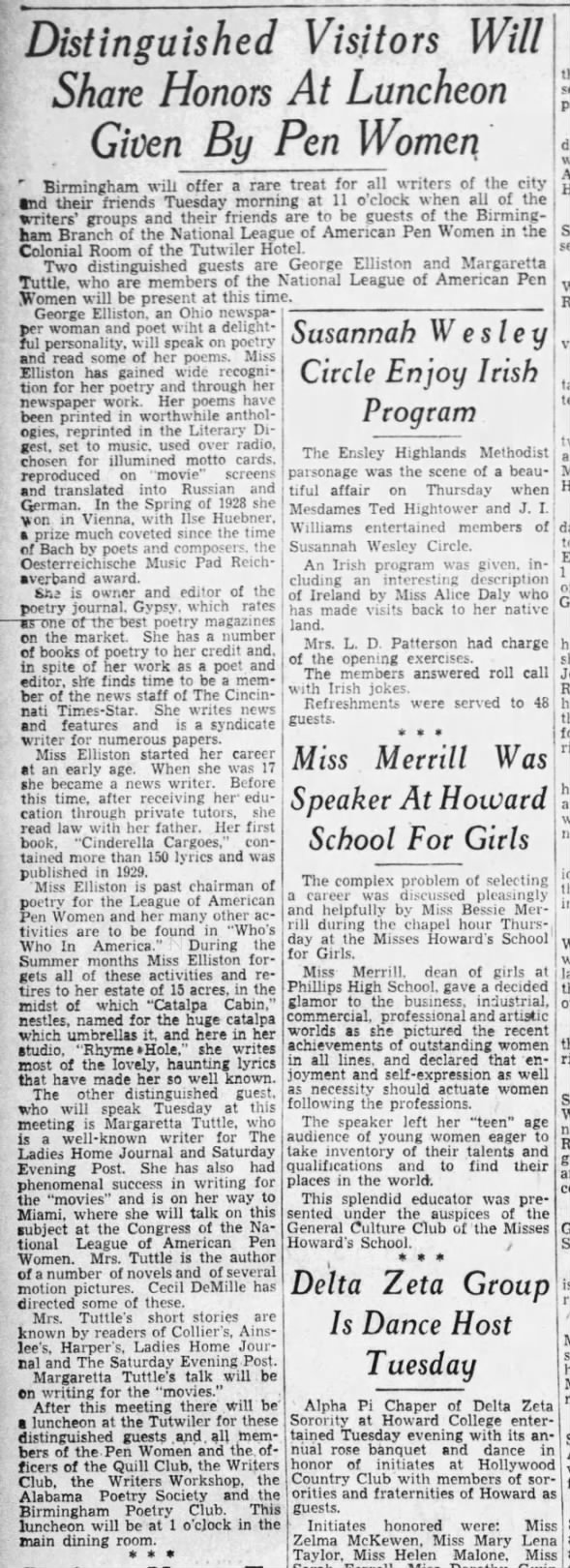Where does he go,Challenger
The daring one?
He follows the road
That leads to the sun.Is the going roughThe highway wide?The road is long--But so is his stride!And does he guessWhat lies ahead?He only knowsThat he is led . . .Drawn by a willGreater than hisTo look for the sunAnd a Power that is.--Clare Harner.
Dianne Scott tells the story of How Bow Channel Got Its Name.



